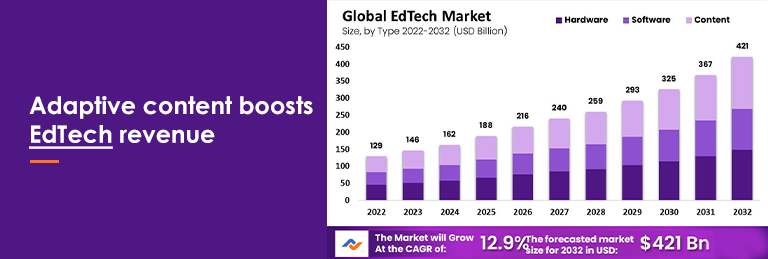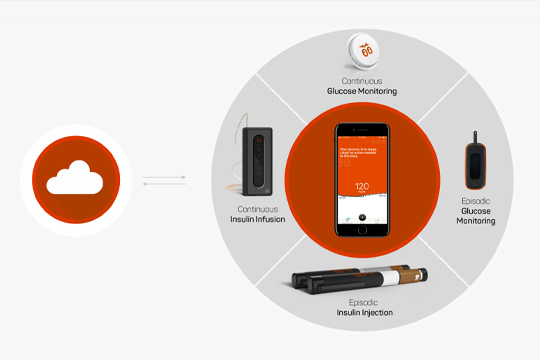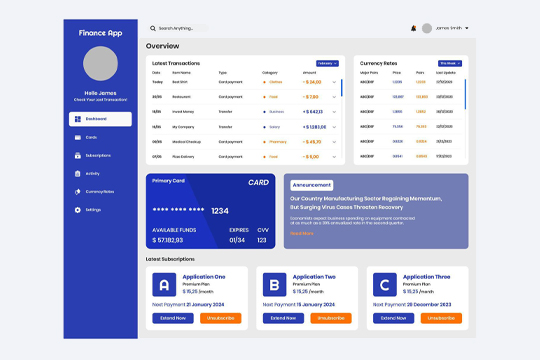The restaurant industry has changed dramatically over the years, and technology has played an important role in this shift. Restaurant technology is revolutionising the sector in unprecedented ways, from quicker ordering processes to personalised customer experiences. This essay will look at the five most significant ways restaurant technology is transforming the culinary world.
- Improving Digital Ordering Systems
Digital ordering systems have become a cornerstone of the restaurant sector in this age of ease. Customers can utilise these systems to browse menus, place orders, and make payments using user-friendly apps and websites. Such technologies not only minimise wait times but also provide clients with personalization possibilities, guaranteeing that their orders are exactly what they want. - Effective Kitchen Management
The kitchen is the heart of any restaurant, and technology is helping to optimise its operations. Data analytics are used by smart kitchen management systems to monitor inventory levels, track ingredient freshness, and predict demand patterns. Restaurants may drastically minimise food waste and improve operational efficiency by optimising these processes. - Individualised Customer Experiences
Customers want personalised experiences in the digital age, especially at restaurants. Customer preferences, meal history, and feedback are all collected by advanced customer relationship management (CRM) systems. Restaurants can use this data to adapt their interactions, offer foods, and establish loyalty programmes that are relevant to particular consumers. - Contactless Payment Alternatives
The global pandemic has accelerated the implementation of contactless payment options in restaurants. Aside from safety, these solutions provide unrivalled convenience. Customers can use mobile wallets or near-field communication (NFC) technologies to pay their bills, reducing wait times and improving the overall eating experience. - Data-Informed Decision Making
For the restaurant industry, data has emerged as a game changer. Restaurant owners can use advanced analytics technologies to gain insights into sales trends, peak dining hours, and customer preferences. They may make informed decisions about menu options, pricing tactics, and resource allocation armed with this knowledge.

How Ndimension Labs Can Help You Build a Cutting-Edge Mobile Application for Restaurant Technology
Ndimension Labs is a highly competent and experienced development team that specialises in designing unique mobile applications for the restaurant industry. Their experts interact closely with clients to design bespoke solutions that correspond with their business goals, as they have a thorough grasp of the issues and opportunities that restaurants confront.
Improving Customer Experience
Enhancing client experiences is one of the key goals of Ndimension Labs’ mobile app development. Their apps are meant to give a user-friendly experience that allows users to explore menus, place orders, and make payments with ease. Furthermore, these applications can include features such as personalised recommendations based on previous dining experiences, allergies information, and real-time order tracking, all of which contribute to an exceptional dining experience. to suit the specific needs and scale of different types of restaurants, from fast-food joints to upscale dining establishments.
Effortless Integration
Ndimension Labs recognises the need of integrating with existing restaurant systems. Their mobile applications can be effortlessly integrated with POS systems, kitchen management software, and customer relationship management (CRM) systems, resulting in a unified ecosystem that improves productivity and accuracy.
FREQUENTLY ASKED QUESTIONS (FAQ’s)
Q: How do digital ordering systems benefit both customers and restaurants?
A: Digital ordering systems enhance customer convenience by allowing seamless browsing, ordering, and payment. For restaurants, these systems optimize order processing and empower upselling opportunities.
Q: What safeguards are in place to protect customer data in CRM systems?
A: CRM systems prioritize data security, employing encryption, access controls, and regular audits to safeguard customer data from unauthorized access.
Q: Are contactless payment solutions here to stay post-pandemic?
A: Yes, contactless payment solutions have demonstrated their convenience beyond the pandemic and are expected to remain a standard offering in the industry.
Q: How can data-driven decision-making lead to menu innovation?
A: By analyzing customer preferences and sales data, restaurants can identify underperforming dishes and introduce innovative offerings that align with current trends.
Q: Are there any notable success stories of restaurants leveraging technology for growth?
A: Certainly, many restaurants have reported increased customer satisfaction and operational efficiency after adopting advanced technologies. For instance, Domino’s Pizza saw a significant boost in online orders after introducing its digital ordering platform.
The restaurant industry’s transformation into the digital age has been nothing short of spectacular. Restaurants are positioned to attain historic levels of success as technology drives improvements in ordering operations, kitchen management, customer experiences, payments, and decision-making. Embracing these disruptive technologies is no longer an option; it is a requirement for remaining competitive and providing excellent dining experiences.





















